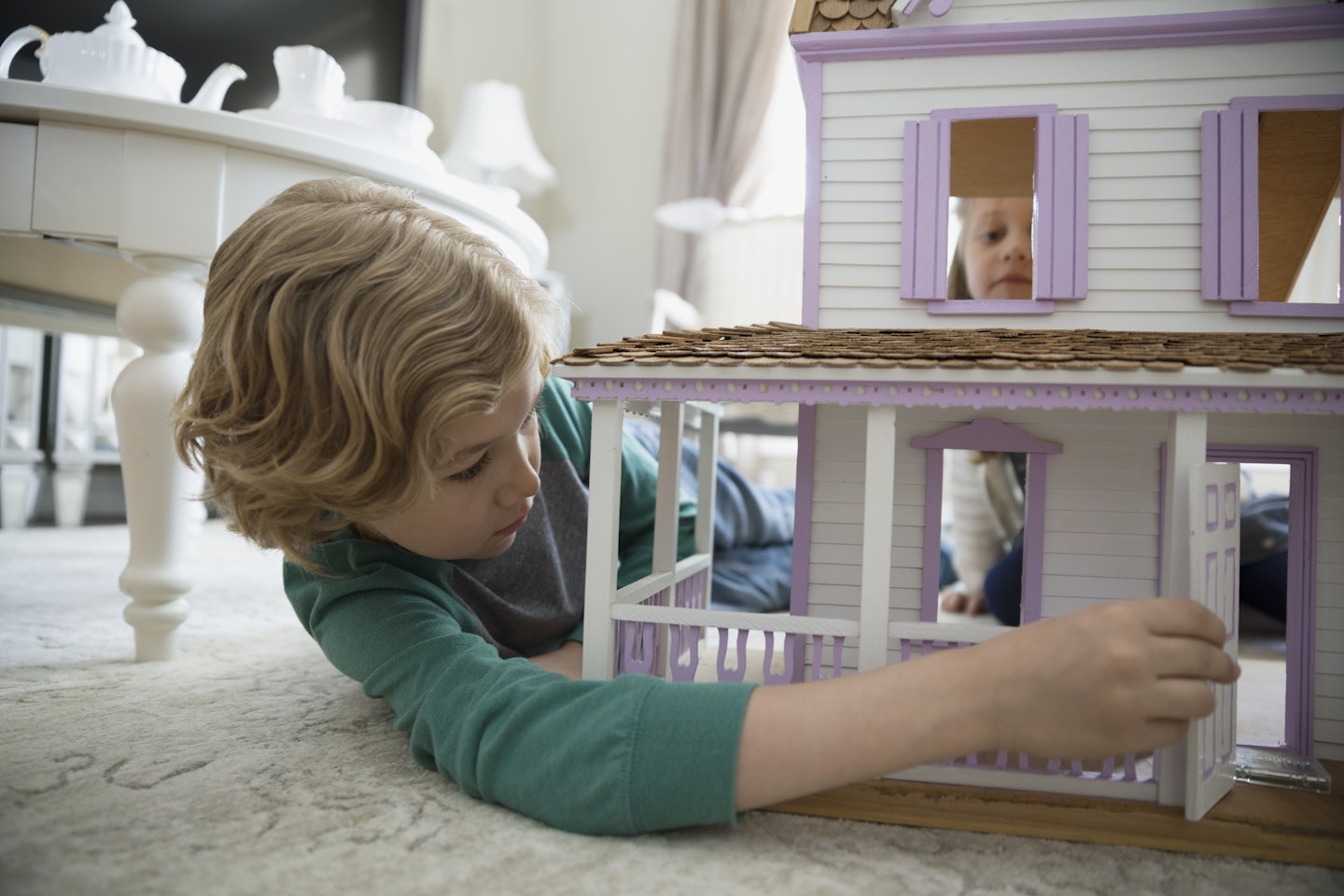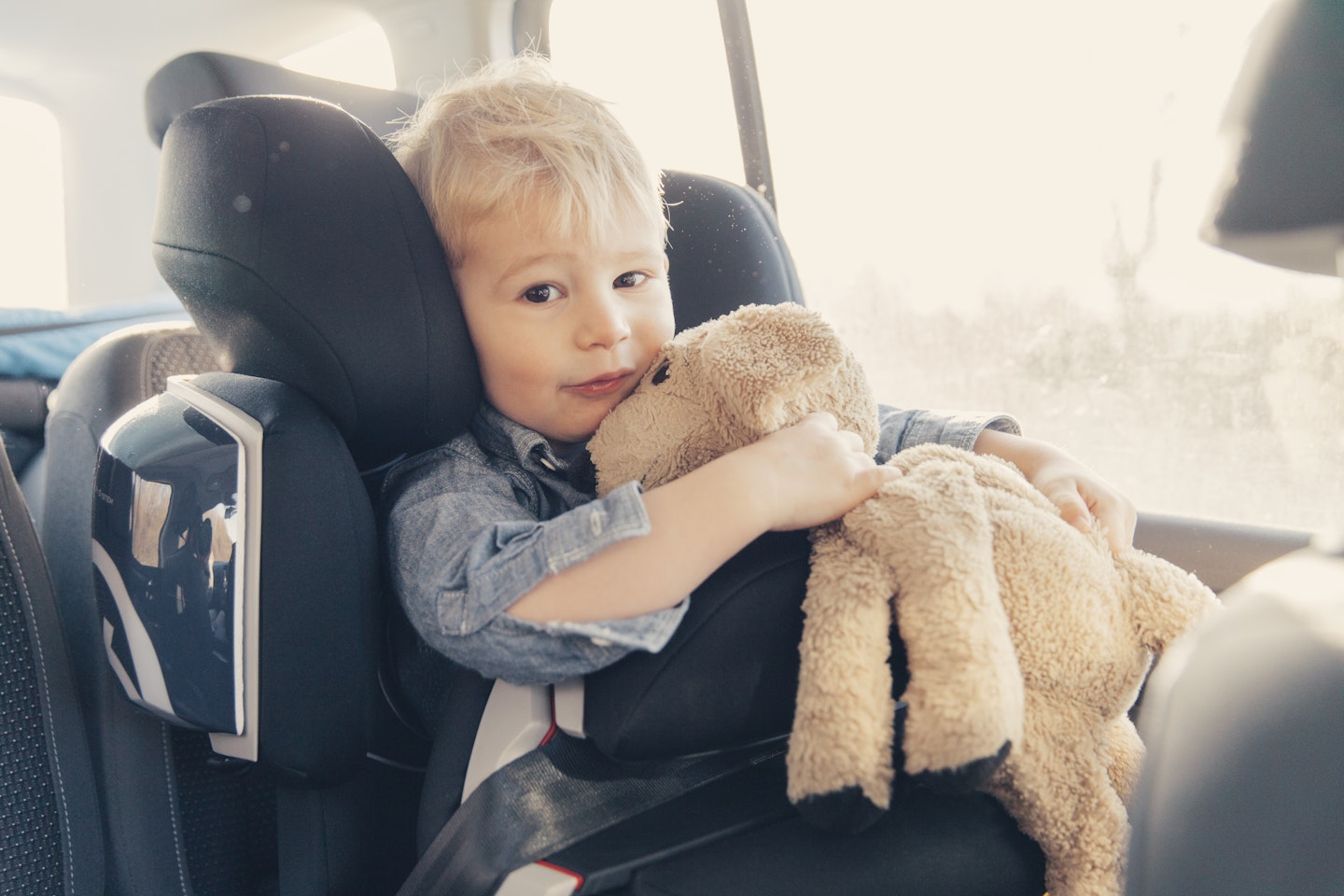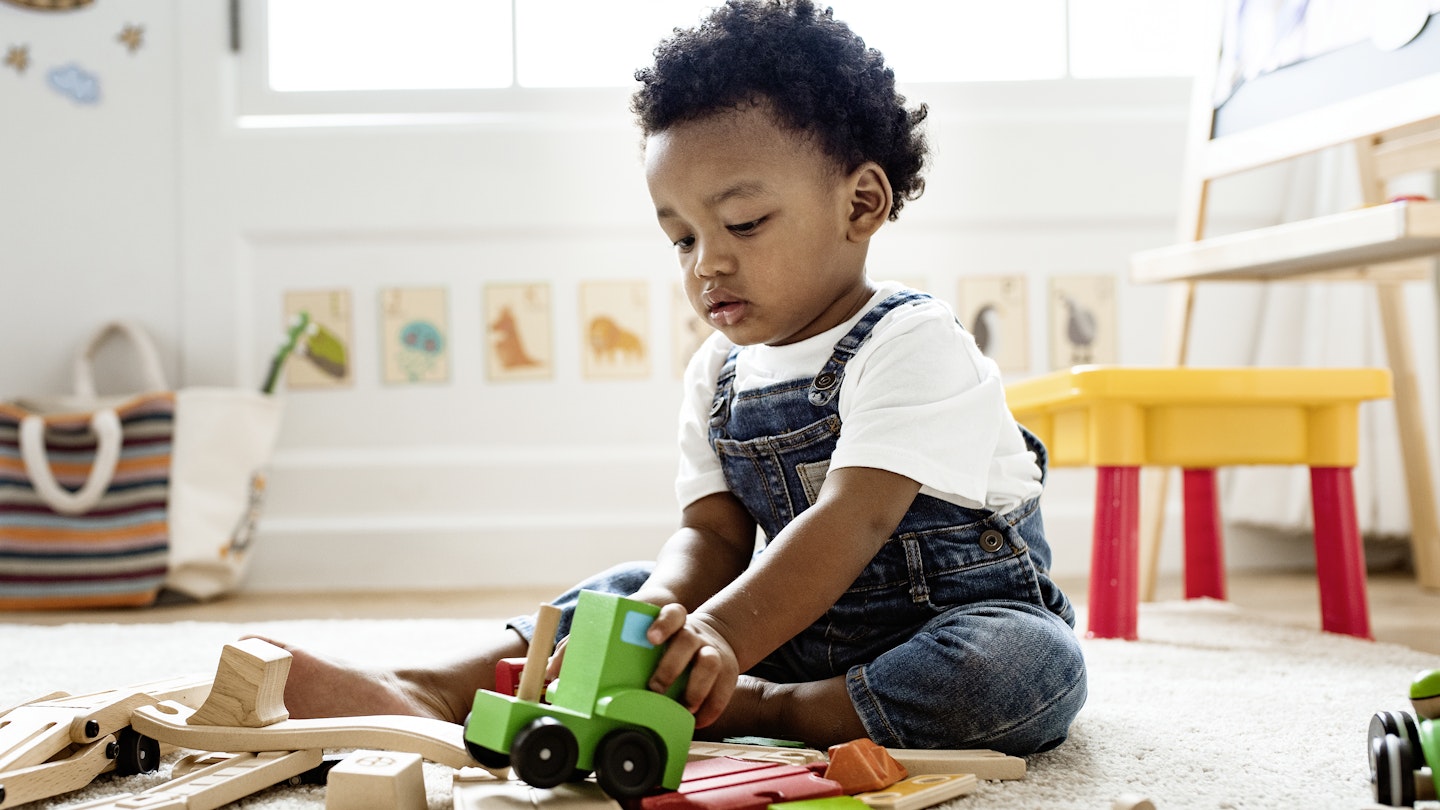Have you ever taken your little one to playgroup only for him to refuse to let go of your hand for the entire session? Or have him hesitantly only offer Granny a timid smile while hiding behind your legs?
If this sounds familiar, you might be worried he’s showing signs of shyness, and wondering how this will play out as he gets older. But there’s no need to worry at all!
‘Shyness is far from a hindrance to success,’ says Koraly Pérez-Edgar, a professor of child studies and psychology. /The aim is to help your child develophis natural tendencies in ways that support his needs and goals'.
Here are 7 recommended strategies to help your tot when they're feeling shy around friends or at nursery...
shyness
 1 of 7
1 of 71) Try, try and try again
Your shy tot might hide in your lap the first time you take him to a playgroup. But, says Koraly, it is important not to give up. ‘He might not engage in any of the games, or with any of the other children, but resist the urge just to swoop him up and never take him back,’ she says.
Neither should you cajole or pressure him to join in. Just let him sit with you, and go back the next week, and then the next. ‘Maybe next time he’ll get a little closer to the group,’ says Koraly. ‘Perhaps by the fourth visit, he’ll say hello to the other kids.’
Children learn through playand social interaction, so it’s important to keep giving him these opportunities to be with his peers, gently introducing him to the idea that he is safe, and there is nothing to be scared of.
 2 of 7
2 of 72) Take a prop to a play date
If your little one is shy during play dates at other people’s houses, try taking one of his toys along. ‘It can act as a buffer,’ says Koraly, ‘the other child might take interest in the toy, and then social interaction happens almost incidentally.’
 3 of 7
3 of 73) Small world play
Little figures, like dolls in a doll’s house or animals on a farm, can help your little one practise social situations and play out any anxieties she might have. ‘It can be really helpful as a stepping stone towards more social play,’ says Koraly.
 4 of 7
4 of 74) Get chatting
There are lots of great children’s books that explore the feelings of shyness. As you cuddle up and read them to your little one, remember to stop and ask him how the characters might be feeling.
Try to use new words like ‘nervous’ or ‘wobbly’. Just having the words to describe his own feelings is very empowering, as is knowing that other people – or characters – have felt the same way and been okay.
M&B recommends: Little Miss Shy, £3.99, Amazon
 5 of 7
5 of 75) Happy reminder
‘Pre-school is one of the best natural laboratories for children to manage their shyness,’ says Koraly.
Studies have repeatedly shown that shy children who go to nursery or day care become less anxious. ‘The trouble is that small children can’t grasp abstract ideas like the passage of time,’ she points out.
‘So when you say, “I’ll be back after lunch”, they don’t understand how long that will be.’ If your little one is nervous about letting you go, a transitional object can really help.
‘Young children love having a tangible thing they can carry with them as a reminder of all things good,’ says Koraly. It could be his favourite teddy, or a hanky that belongs to you and fits into a pocket so he can reach in and feel whenever he needs to be reminded that you.
 6 of 7
6 of 76) Say hello!
Your little one learns from you. As you go about your day, remember to say hello to the bus driver, smile at the barista who hands you a babyccino and strike up short conversations with neighbours in the street.
Remember that he’s watching you, and learning that other people are a source of fun and companionship, not fear.
 7 of 7
7 of 77) Classes with a focus
It may sound counterintuitive to enrol your shy tot in a mini ballet class, or take him to Monkey Music sessions. But, says Koraly, it can be much easier for shy children to take part in organised activities than to simply plunge into unstructured play. ‘In a class setting, he or she can be in a group, but not the focus of any attention,’ she explains.
Your tot can follow the instructions, rather than having to respond independently and spontaneously. In doing so, he’ll gradually learn to be happy in social settings.
Meet the expert: Koraly Pérez-Edgar is a Professor of Child Studies and Psychology who has spent two decades studying childhood shyness.
Written by Hattie Garlick
Now read:
Let us know how you get on with these tips on Facebook orTwitter!
Make sure you're following Mother & Baby on Instagramfor relatable memes, inspiring stories and parenting hacks!
Subscribe to Mother&Baby magazine for expert tips, must-have products and invaluable advice for mums, delivered straight to your door.
Whether you’re planning your new baby essentials shopping list, giving friends and family gift ideas, or planning for your baby shower, the Amazon Baby Wish List allows you to keep track of all your shopping ideas in one place.Click here to start yours today!
